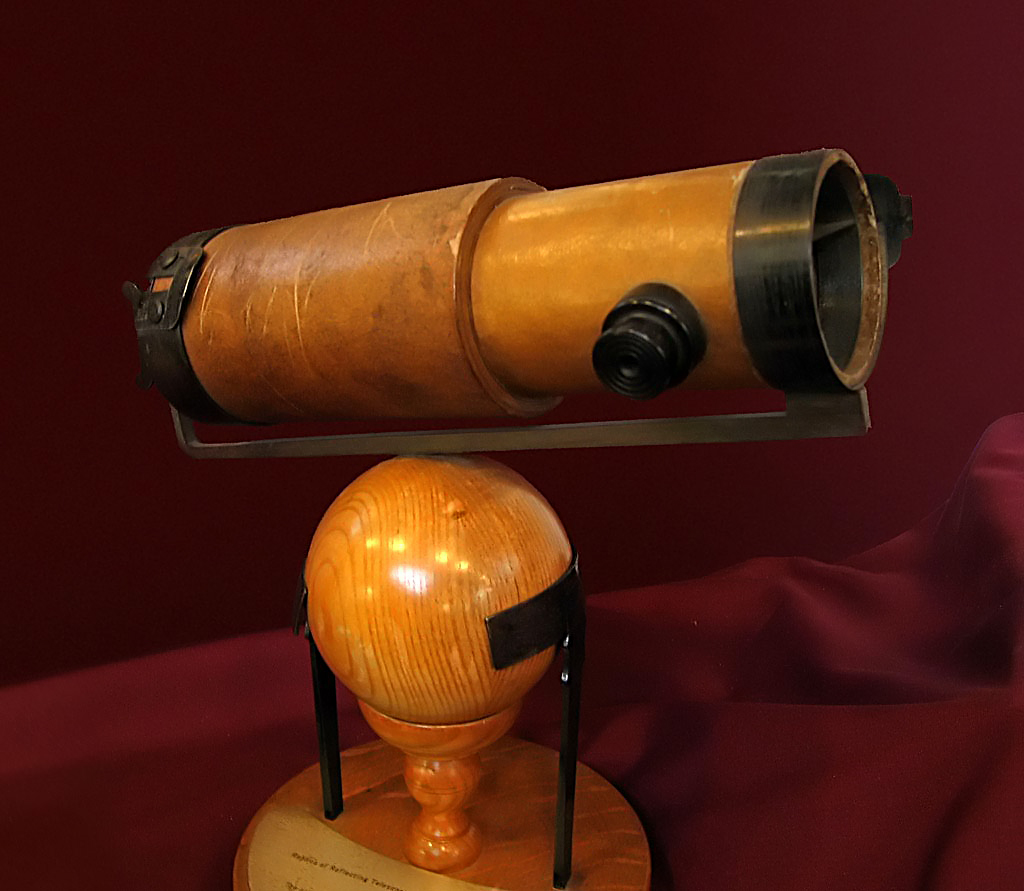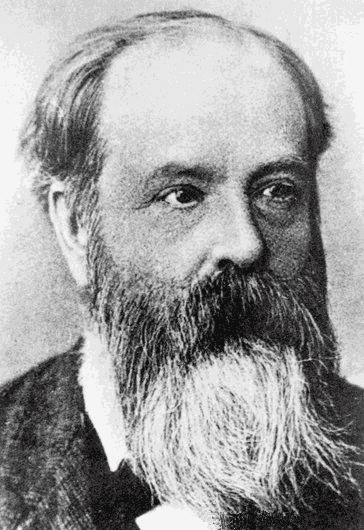|
Isaac Newton Medal
The Isaac Newton Medal and Prize is a gold medal awarded annually by the Institute of Physics (IOP) accompanied by a prize of £1,000. The award is given to a physicist, regardless of subject area, background or nationality, for outstanding contributions to physics. The award winner is invited to give a lecture at the Institute. It is named in honour of Sir Isaac Newton. The first medal was awarded in 2008 to Anton Zeilinger, having been announced in 2007. It gained national recognition in the UK in 2013 when it was awarded for technology that could lead to an 'invisibility cloak'. By 2018 it was recognised internationally as the highest honour from the IOP. Recipients * 2021 - David Deutsch for "founding the discipline named quantum computation and establishing quantum computation's fundamental idea, now known as the ‘qubit’ or quantum bit." * 2020 - Nader Engheta for "groundbreaking innovation and transformative contributions to electromagnetic complex materials and na ... [...More Info...] [...Related Items...] OR: [Wikipedia] [Google] [Baidu] |
Institute Of Physics
The Institute of Physics (IOP) is a UK-based learned society and professional body that works to advance physics education, research and application. It was founded in 1874 and has a worldwide membership of over 20,000. The IOP is the Physical Society for the UK and Ireland and supports physics in education, research and industry. In addition to this, the IOP provides services to its members including careers advice and professional development and grants the professional qualification of Chartered Physicist (CPhys), as well as Chartered Engineer (CEng) as a nominated body of the Engineering Council. The IOP's publishing company, IOP Publishing, publishes 85 academic titles. History The Institute of Physics was formed in 1960 from the merger of the Physical Society, founded as the Physical Society of London in 1874, and the Institute of Physics, founded in 1918. The Physical Society of London had been officially formed on 14 February 1874 by Frederick Guthrie, following ... [...More Info...] [...Related Items...] OR: [Wikipedia] [Google] [Baidu] |
Physics
Physics is the natural science that studies matter, its fundamental constituents, its motion and behavior through space and time, and the related entities of energy and force. "Physical science is that department of knowledge which relates to the order of nature, or, in other words, to the regular succession of events." Physics is one of the most fundamental scientific disciplines, with its main goal being to understand how the universe behaves. "Physics is one of the most fundamental of the sciences. Scientists of all disciplines use the ideas of physics, including chemists who study the structure of molecules, paleontologists who try to reconstruct how dinosaurs walked, and climatologists who study how human activities affect the atmosphere and oceans. Physics is also the foundation of all engineering and technology. No engineer could design a flat-screen TV, an interplanetary spacecraft, or even a better mousetrap without first understanding the basic laws of physic ... [...More Info...] [...Related Items...] OR: [Wikipedia] [Google] [Baidu] |
Leo Kadanoff
Leo Philip Kadanoff (January 14, 1937 – October 26, 2015) was an American physicist. He was a professor of physics (emeritus from 2004) at the University of Chicago and a former President of the American Physical Society (APS). He contributed to the fields of statistical physics, chaos theory, and theoretical condensed matter physics. Biography Kadanoff was raised in New York City. He received his undergraduate degree and doctorate in physics (1960) from Harvard University. After a post-doctorate at the Niels Bohr Institute in Copenhagen, he joined the physics faculty at the University of Illinois in 1965. Kadanoff's early research focused upon superconductivity. In the late 1960s, he studied the organization of matter in phase transitions. Kadanoff demonstrated that sudden changes in material properties (such as the magnetization of a magnet or the boiling of a fluid) could be understood in terms of scaling and universality. With his collaborators, he showed how all the expe ... [...More Info...] [...Related Items...] OR: [Wikipedia] [Google] [Baidu] |
Cosmology
Cosmology () is a branch of physics and metaphysics dealing with the nature of the universe. The term ''cosmology'' was first used in English in 1656 in Thomas Blount (lexicographer), Thomas Blount's ''Glossographia'', and in 1731 taken up in Latin by German philosophy, German philosopher Christian Wolff (philosopher), Christian Wolff, in ''Cosmologia Generalis''. Religious cosmology, Religious or mythological cosmology is a body of beliefs based on Mythology, mythological, Religion, religious, and Esotericism, esoteric literature and traditions of Cosmogony, creation myths and eschatology. In the science of astronomy it is concerned with the study of the chronology of the universe. Physical cosmology is the study of the observable universe's origin, its large-scale structures and dynamics, and the ultimate fate of the universe, including the laws of science that govern these areas. It is investigated by scientists, such as astronomers and physicists, as well as Philosophy, ph ... [...More Info...] [...Related Items...] OR: [Wikipedia] [Google] [Baidu] |
Relativistic Astrophysics
Relativity may refer to: Physics * Galilean relativity, Galileo's conception of relativity * Numerical relativity, a subfield of computational physics that aims to establish numerical solutions to Einstein's field equations in general relativity * Principle of relativity, used in Einstein's theories and derived from Galileo's principle * Theory of relativity, a general treatment that refers to both special relativity and general relativity ** General relativity, Albert Einstein's theory of gravitation ** Special relativity, a theory formulated by Albert Einstein, Henri Poincaré, and Hendrik Lorentz ** '' Relativity: The Special and the General Theory'', a 1920 book by Albert Einstein Social sciences * Linguistic relativity * Cultural relativity * Moral relativity Arts and entertainment Music * Relativity Music Group, a Universal subsidiary record label for releasing film soundtracks * Relativity Records, an American record label * Relativity (band), a Scots-Irish traditiona ... [...More Info...] [...Related Items...] OR: [Wikipedia] [Google] [Baidu] |
Martin Rees
Martin John Rees, Baron Rees of Ludlow One or more of the preceding sentences incorporates text from the royalsociety.org website where: (born 23 June 1942) is a British cosmologist and astrophysicist. He is the fifteenth Astronomer Royal, appointed in 1995, and was Master of Trinity College, Cambridge, from 2004 to 2012 and President of the Royal Society between 2005 and 2010. Education and early life Rees was born on 23 June 1942 in York, England.Anon (2017) After a peripatetic life during the war his parents, both teachers, settled with Rees, an only child, in a rural part of Shropshire near the border with Wales. There, his parents founded Bedstone College, a boarding school based on progressive educational concepts. He was educated at Bedstone College, then from the age of 13 at Shrewsbury School. He studied for the mathematical tripos at Trinity College, Cambridge, graduating with first class honours. He then undertook post-graduate research at Cambridge and compl ... [...More Info...] [...Related Items...] OR: [Wikipedia] [Google] [Baidu] |
Photonics
Photonics is a branch of optics that involves the application of generation, detection, and manipulation of light in form of photons through emission, transmission, modulation, signal processing, switching, amplification, and sensing. Though covering all light's technical applications over the whole spectrum, most photonic applications are in the range of visible and near-infrared light. The term photonics developed as an outgrowth of the first practical semiconductor light emitters invented in the early 1960s and optical fibers developed in the 1970s. History The word 'Photonics' is derived from the Greek word "phos" meaning light (which has genitive case "photos" and in compound words the root "photo-" is used); it appeared in the late 1960s to describe a research field whose goal was to use light to perform functions that traditionally fell within the typical domain of electronics, such as telecommunications, information processing, etc. Photonics as a field began with th ... [...More Info...] [...Related Items...] OR: [Wikipedia] [Google] [Baidu] |
Surface Science
Surface science is the study of physical and chemical phenomena that occur at the interface of two phases, including solid–liquid interfaces, solid–gas interfaces, solid–vacuum interfaces, and liquid–gas interfaces. It includes the fields of ''surface chemistry'' and '' surface physics''. Some related practical applications are classed as surface engineering. The science encompasses concepts such as heterogeneous catalysis, semiconductor device fabrication, fuel cells, self-assembled monolayers, and adhesives. Surface science is closely related to interface and colloid science. Interfacial chemistry and physics are common subjects for both. The methods are different. In addition, interface and colloid science studies macroscopic phenomena that occur in heterogeneous systems due to peculiarities of interfaces. History The field of surface chemistry started with heterogeneous catalysis pioneered by Paul Sabatier on hydrogenation and Fritz Haber on the Haber process. Irving ... [...More Info...] [...Related Items...] OR: [Wikipedia] [Google] [Baidu] |
John Pendry
Sir John Brian Pendry, (born 4 July 1943) is an English theoretical physicist known for his research into refractive indices and creation of the first practical "Invisibility, Invisibility Cloak". He is a professor of theoretical solid state physics at Imperial College London where he was head of the department of physics (1998–2001) and principal of the faculty of physical sciences (2001–2002). He is an honorary fellow of Downing College, Cambridge, (where he was an undergraduate) and an IEEE fellow. He received the Kavli Prize in Nanoscience "for transformative contributions to the field of nano-optics that have broken long-held beliefs about the limitations of the resolution limits of optical microscopy and imaging.", together with Stefan Hell, and Thomas Ebbesen, in 2014. Education Pendry was educated at Downing College, Cambridge, graduating with a Master of Arts degree in Natural Sciences (Cambridge), Natural Sciences and a PhD in 1969. Career John Pendry was born in ... [...More Info...] [...Related Items...] OR: [Wikipedia] [Google] [Baidu] |
Fermi Gases
Enrico Fermi (; 29 September 1901 – 28 November 1954) was an Italian (later naturalized American) physicist and the creator of the world's first nuclear reactor, the Chicago Pile-1. He has been called the "architect of the Atomic Age, nuclear age" and the "architect of the atomic bomb". He was one of very few physicists to excel in both theoretical physics and experimental physics. Fermi was awarded the 1938 Nobel Prize in Physics for his work on induced radioactivity by neutron bombardment and for the discovery of transuranium elements. With his colleagues, Fermi filed several patents related to the use of nuclear power, all of which were taken over by the US government. He made significant contributions to the development of statistical mechanics, Quantum mechanics, quantum theory, and nuclear physics, nuclear and particle physics. Fermi's first major contribution involved the field of statistical mechanics. After Wolfgang Pauli formulated his Pauli exclusion principle, exc ... [...More Info...] [...Related Items...] OR: [Wikipedia] [Google] [Baidu] |
Quantum Degeneracy
In quantum mechanics, an energy level is degenerate if it corresponds to two or more different measurable states of a quantum system. Conversely, two or more different states of a quantum mechanical system are said to be degenerate if they give the same value of energy upon measurement. The number of different states corresponding to a particular energy level is known as the degree of degeneracy of the level. It is represented mathematically by the Hamiltonian for the system having more than one linearly independent eigenstate with the same energy eigenvalue. When this is the case, energy alone is not enough to characterize what state the system is in, and other quantum numbers are needed to characterize the exact state when distinction is desired. In classical mechanics, this can be understood in terms of different possible trajectories corresponding to the same energy. Degeneracy plays a fundamental role in quantum statistical mechanics. For an -particle system in three dimensi ... [...More Info...] [...Related Items...] OR: [Wikipedia] [Google] [Baidu] |




